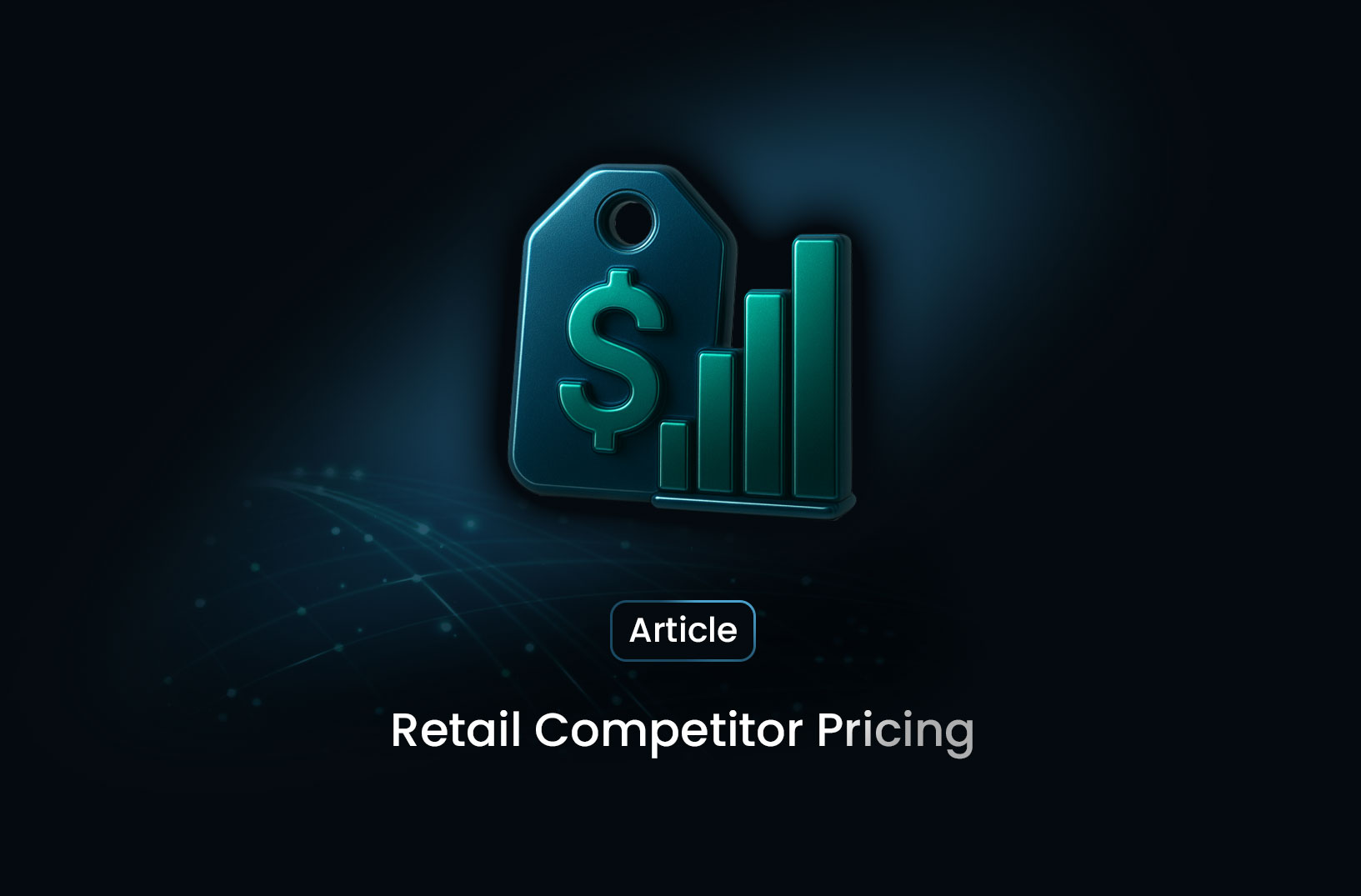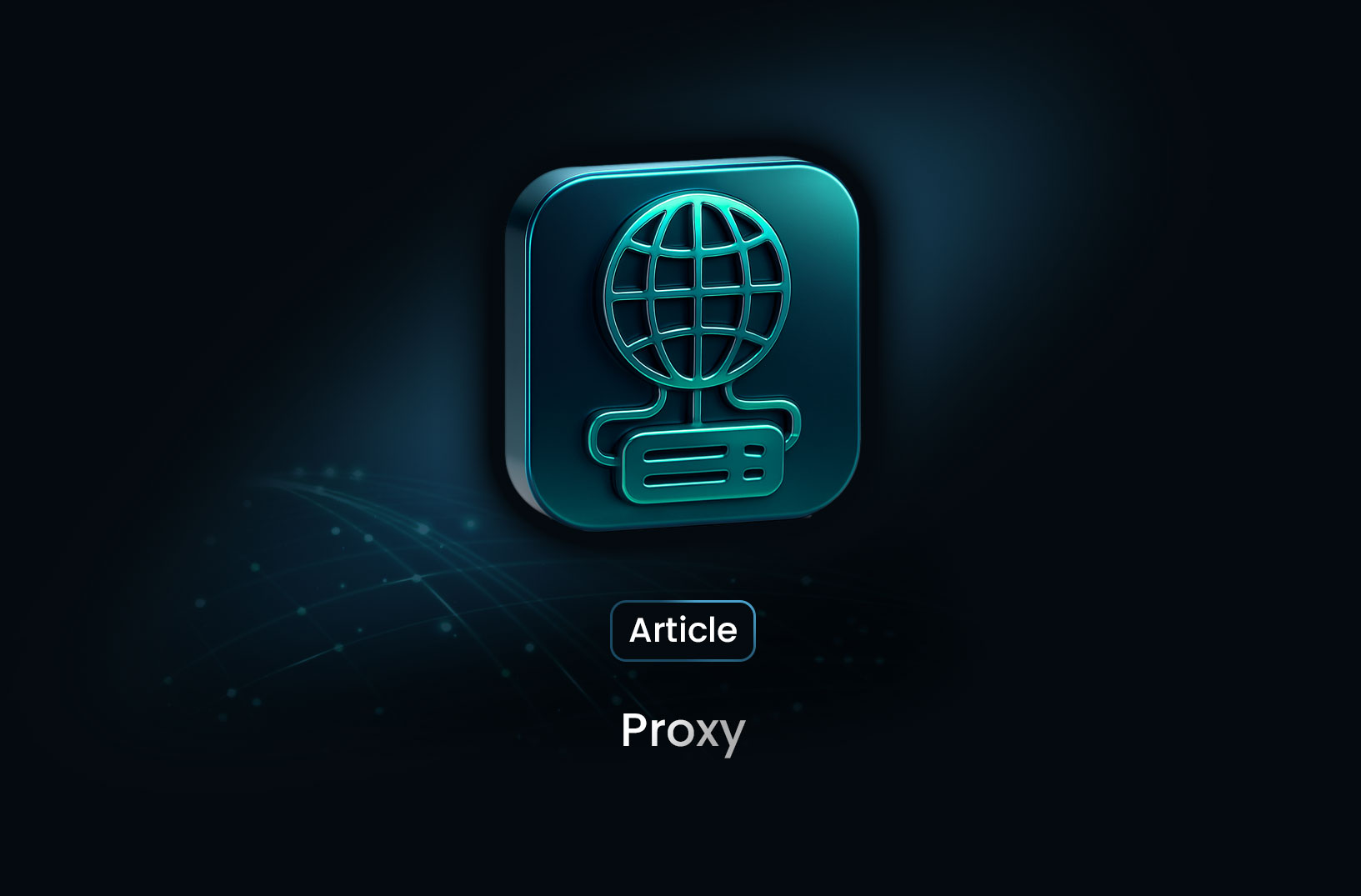
What Is Retail Competitor Pricing and Why It Matters
ArticleExplore retail competitor pricing, how retailers monitor and respond to rival pricing, key strategies for implementation, tools for tracking competitors, and best practices to win market share without undermining profitability.
What Is Retail Competitor Pricing?
Retail competitor pricing is the process by which a retailer sets or adjusts its prices in response to the pricing behaviours of rival retailers. Often known as competitor-based pricing or competitive pricing strategy, it implies that part of a retailer’s pricing decisions considers what competitors charge for similar items. In retail, this means regularly monitoring competitor stores (online or offline), tracking their promotional offers or markdowns, and adapting pricing or promotional efforts so the retailer remains competitive in the marketplace.
Why Retail Competitor Pricing Matters
- Maintain market relevance: Customers increasingly compare across retailers before purchasing, so falling out of alignment with competitor pricing can lead to lost share.
- Protect margins while staying competitive: A competitive pricing strategy helps retailers avoid being undercut while also staying capable of matching or beating peer pricing when needed.
- Respond to dynamic market trends: As e-commerce and omnichannel retail expand, pricing becomes more dynamic; competitor-based adjustments help retailers stay agile.
- Influence customer perception: Pricing slightly below or matching competitors can position a retailer as value-oriented; pricing above while offering extra value can position a premium status.
Key Strategies for Retail Competitor Pricing
Here are the common strategic approaches retailers use when incorporating competitor pricing into their pricing decisions:
- Price Matching / Parity: Setting prices equal to a key competitor or market leader to remain within the competitive range.
- Under-cutting / Value Pricing: Offering slightly lower prices than competitors to attract price-sensitive consumers. This must be balanced against margin risk.
- Premium Pricing vs Competitors: Setting prices higher than competitors while offering added value (better service, brand, quality) to justify the premium.
- Promotional / Dynamic Pricing Adjustments: Using competitor pricing data to trigger promotions or temporary discounts (e.g., when competitor offers a sale).
- Localized or Channel-Specific Pricing Response: Because competitors vary by region/channel (online vs offline), pricing strategies may reflect competitor pricing in specific channels.
How Retailers Track Competitor Pricing
Tracking competitor pricing effectively is the foundation for executing a competitive pricing strategy. Some methods include:
- Automated price-monitoring tools: Software that scrapes competitor websites or gathers pricing updates across products and regions.
- Mystery shopping or competitor store visits: For physical retail, manually or digitally observing competitor shelf pricing or promotions.
- Setting up competitor price dashboards & alerts: Using competitor index metrics (e.g., competitor price index = [Your Price ÷ Competitor Price] × 100) to benchmark relative positioning.
- Data integration with internal systems: Bringing competitor pricing data into merchandising or pricing platforms so that pricing actions can be triggered.
Challenges & Risks with Retail Competitor Pricing
While competitor-based pricing offers many advantages, there are potential pitfalls:
-
Margin erosion risk: Constantly lowering prices to keep up with competitors may reduce profitability.
-
Race to the bottom / price wars: If many retailers continuously under-cut each other, all may suffer by losing margin.
-
Ignoring unique value proposition: Focusing purely on competitor pricing might make a retailer lose sight of its own differentiation and value. A Reddit marketer puts it clearly:
You track competitor pricing, but don’t chase it. Your pricing should be based on value not just what others charge.
-
Data quality & timeliness issues: Competitor price data may lag, be incomplete, or be inaccurate, leading to poor decisions.
-
Legal and ethical considerations: Monitoring competitor prices is generally fine, but actions like colluding on prices or aligning pricing with competitors may raise legal/regulatory issues.
Best Practices for Implementing Retail Competitor Pricing
- Define your competitor set clearly: Choose which competitors matter (direct rivals, online vs offline, regionally specific).
- Classify SKUs by competitiveness: Some items (commodity items) may need aggressive price matching; others (premium SKUs) may allow more pricing freedom.
- Use data-driven decisions, not blind matching: Set thresholds or “zones” where prices trigger actions (e.g., if competitor price drops more than 5 %, review our price).
- Segment pricing responses: Not all SKUs should follow the same competitor strategy. Some items are mission-critical for share; some for margin.
- Monitor performance & margin impact: Track how pricing responses affect sales, margin, inventory turnover, and adjust accordingly.
- Align with broader strategy: Pricing is one lever—product, promotion, placement and customer experience matter too.
- Establish guardrails: Set minimum margin levels, avoid matching competitors if it would push margin below acceptable levels.
- Ensure transparency and trust with customers: If you match competitor pricing, promote that fact to improve perception (e.g., “we price match”).
Conclusion
Retail competitor pricing is an essential strategy for modern retail operations—especially as consumers have instant access to competitor pricing online, and retail channels are increasingly dynamic. Monitoring rival pricing, reacting with appropriate strategies, and executing in a way that balances share, profitability and value proposition can differentiate your business. However, using competitor pricing intelligently (not blindly) and aligning it with unique brand strengths and margin targets is key to long-term success.
Find more insights here

Proxy 101: What Is a Proxy and Why It Matters for Web Scraping
Learn what a proxy is, how it works, the different types of proxies, and why proxies are essential f...

LunaProxy vs PYPROXY — Which Proxy Service Fits Your Needs in 2025?
Compare LunaProxy and PYPROXY in 2025 to find out which proxy service fits your scraping, automation...

7 Most Effective AI Web Scraping Tools for Automated Data Extraction in 2025
A look at 7 AI web scraping tools that stand out in 2025—what they offer, how they work, and why MrS...
